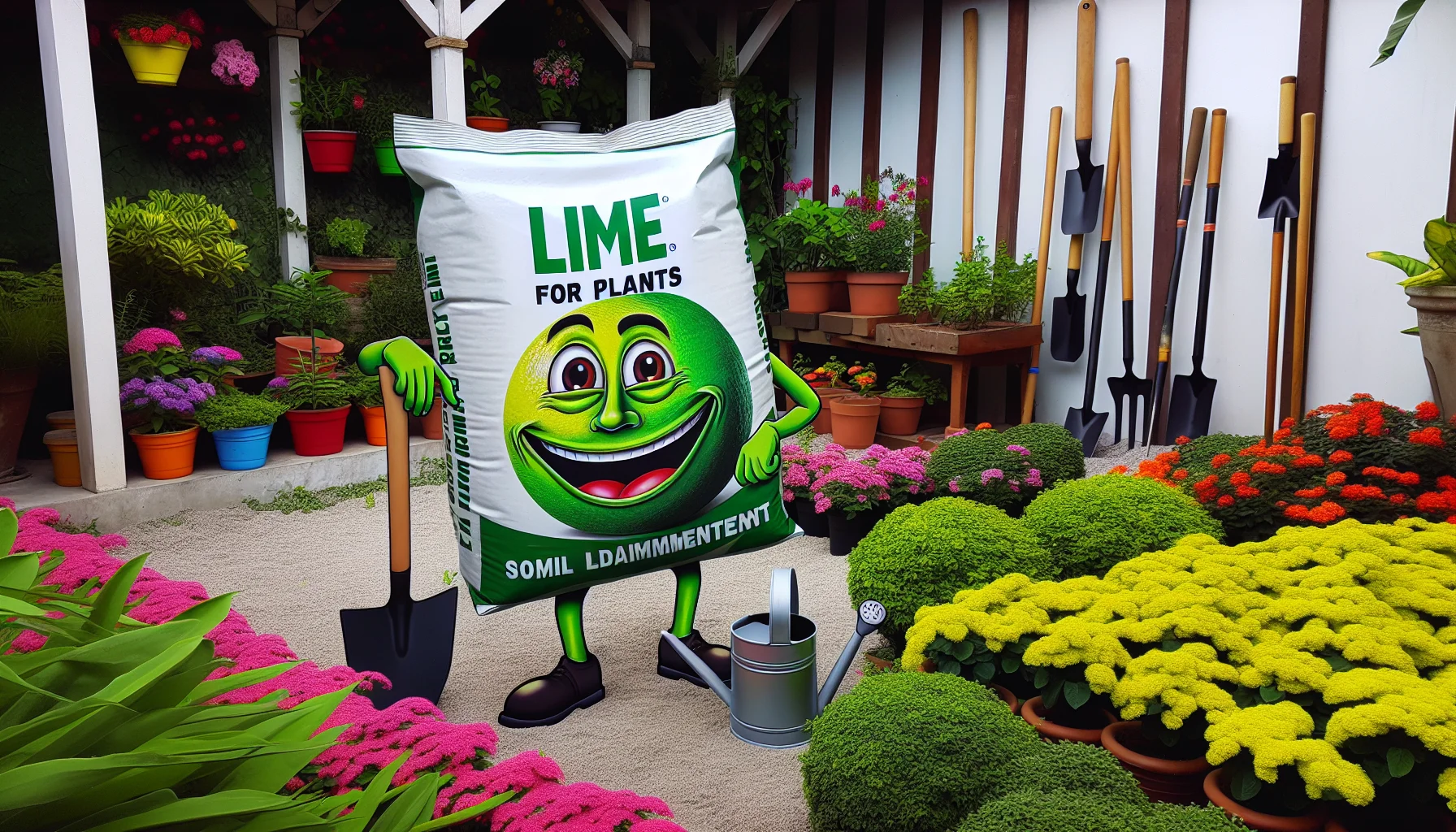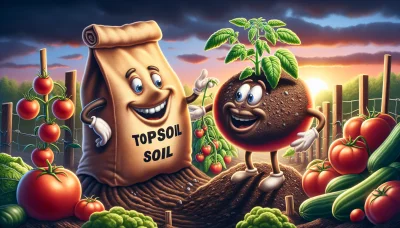Lime for plants Quiz
Test Your Knowledge
Question of
The Essential Guide to Using Lime for Plants
Lime plays a pivotal role in gardening, serving as an essential component for improving soil health and promoting vigorous plant growth. By adjusting the soil's pH level, lime makes nutrients more accessible to plants, ensuring they receive the nourishment they need to thrive. This amendment is particularly beneficial for acidic soils, where it works to neutralize pH levels, fostering a more conducive environment for a wide array of plants. Incorporating lime into your gardening practices can lead to healthier, more resilient plants, and an overall more productive garden.
Understanding Soil pH and Its Impact on Plant Health
Soil pH is a measure of the acidity or alkalinity of the soil, expressed on a scale from 0 to 14, with 7 being neutral. Values below 7 are considered acidic, while values above 7 are alkaline. This measure is crucial because it affects the availability of nutrients to plants and the activity of soil organisms that are beneficial to plant health. Most plants thrive in a soil pH range of 6.0 to 7.5, although some plants have specific pH requirements. When the soil pH is not within the optimal range for a plant, it can lead to nutrient deficiencies or toxicities, affecting plant growth and health.
Lime is often used to adjust soil pH levels. If the soil is too acidic, applying lime can help raise the pH to a more neutral level, enhancing nutrient availability and promoting healthier plant growth. Lime contains calcium carbonate, which reacts with the acidity in the soil, neutralizing it. The amount and type of lime needed depend on the soil's current pH level and texture, requiring a soil test to determine the appropriate application rate. Adjusting soil pH with lime is a common practice in agriculture and gardening to improve plant health and crop yields.
Types of Lime and Their Uses in the Garden
- Agricultural Lime: Also known as garden lime, this is a coarse limestone product best used to correct acid soil conditions. It improves soil pH, enhances water penetration for acidic soils, and supplies calcium to plants and microorganisms.
- Dolomitic Lime: Similar to agricultural lime but contains magnesium as well as calcium. It is particularly beneficial for soils that are deficient in magnesium. Dolomitic lime can help improve the soil's pH, enhance plant growth, and optimize nutrient uptake by plants.
- Hydrated Lime: A more concentrated form of lime that is used to quickly raise soil pH. It is fast-acting, making it suitable for agricultural and industrial applications. However, it must be handled carefully due to its caustic nature. Hydrated lime can improve soil structure, aid in the control of pests, and facilitate the decomposition of organic matter.
How to Apply Lime to Your Garden
To ensure your garden soil benefits from lime application, start by testing the soil pH. This can be done using a home testing kit or by sending a sample to a local extension service. Ideal soil pH varies with plant types, but most garden plants thrive in soil with a pH between 6.0 and 7.0. If your soil is too acidic (below 6.0), it's a candidate for lime application.
Once you've determined that your soil needs lime, calculate the right amount to use. This is typically measured in pounds of lime per 1000 square feet of garden. The exact amount depends on the current pH of your soil and its type, such as sandy, loam, or clay. Follow the recommendations provided by your soil test results or consult with a gardening expert.
For applying lime to your garden soil, choose a dry day. If using powdered lime, it can be spread using a broadcast spreader for even coverage. Pelletized lime can be easier to handle and spread. After application, till the soil to a depth of about 4 to 6 inches to incorporate the lime. Water the soil lightly if it's dry, to help the lime break down and begin adjusting the soil pH. Remember, the effects of lime are gradual, and it may take several months to alter the soil pH significantly. Regularly testing your soil pH and adjusting as needed will keep your garden healthy and thriving.
The Best Time to Lime Your Garden
Liming your garden is a crucial step in maintaining soil health and ensuring the best conditions for your plants to thrive. The optimal time for liming is during the fall or early spring. These seasons are ideal because the lime has enough time to dissolve and adjust the soil pH before the main growing seasons of spring and summer. Fall application allows the lime to work over the winter, improving soil conditions for spring planting. Early spring application is also beneficial, especially if you missed the fall timing, as it prepares the soil before most planting activities begin. However, it's important to test your soil's pH before applying lime, as unnecessary liming can lead to soil imbalance and affect plant health. Always ensure that the soil is moist but not overly wet when applying lime, as this helps with its incorporation into the soil.
Common Mistakes to Avoid When Using Lime in the Garden
- Over-liming: Applying too much lime can lead to soil imbalance, harming plant health.
- Ignoring soil type: Different soil types require different amounts of lime, overlooking this can result in ineffective treatment.
- Neglecting timing: Lime needs time to react with the soil; applying it at the wrong time can reduce its effectiveness.
Frequently Asked Questions About Liming Your Garden
| Question | Answer |
|---|---|
| How often should I apply lime to my garden? | Lime application frequency depends on the soil test results, but generally, it is recommended every 2-3 years. |
| What are the signs my garden needs lime? | Signs include yellowing leaves, stunted growth, and soil pH test results showing a pH level below 6.0. |
| What is the difference between lime and other soil amendments? | Lime is specifically used to raise the pH level of acidic soils, making them more alkaline, whereas other amendments may add nutrients or improve soil structure without significantly altering pH. |












